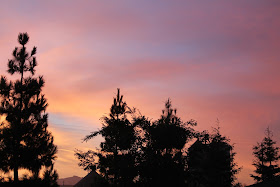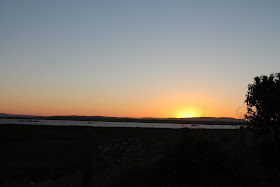 |
| Illustration Credit: Earthsky.com |
Tonight and tomorrow, the evening sky presents an excellent
opportunity to see Saturn. Tonight, you can look for it low in the
southwest sky, just to the left of the moon. You should be able to see
it without any optics, but a good pair of binoculars or even a modest
telescope will provide a feast for the eyes as you should be able to see
Saturn's rings!
The
Earthsky.org
article linked
HERE gives instructions for locating Mercury, Mars,
Venus, and Jupiter as well. Since the moon is a very small waxing
crescent, visibility will be best tonight, good the next two nights as
the crescent gets larger and brightens the adjacent sky.
 |
| Illustration Credit: Earthsky.com |
Planets like Saturn shine steadily; they don't twinkle the way stars do. The other bright object that you are likely to encounter in this area of the sky is a reddish star, Anatares, the heart of Scorpius.
Antares should definitely appear reddish in your telescope and it twinkles enthusiastically. It will be to the left of Saturn, with Saturn almost at the mid-point between Antares and the Moon. If you don't get to view the night sky before the weekend, on Saturday you'll find Antares directly below the moon and Saturn way to the right, forming a triangle.
Four other planets brighten the pre-dawn sky. The
Earthsky.com article gives excellent tips for locating Jupiter, Mars, Mercury, and Venus
HERE. Mars and Jupiter will be next door sky-neighbors this weekend. They will be the closest they'll be for our viewing for the next three years on Sunday just before dawn.
Jupiter will appear to continue to slide under Mars in the night sky over the weekend. It will be worth getting up early to see... they won't be this close again until 2018.
 |
| Credit: Earthsky.org Mars and Jupiter as they will appear early Sunday morning |




































